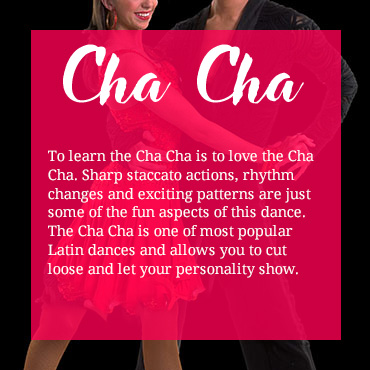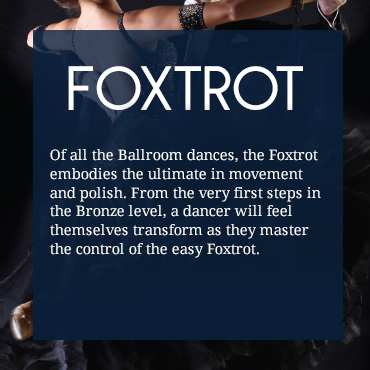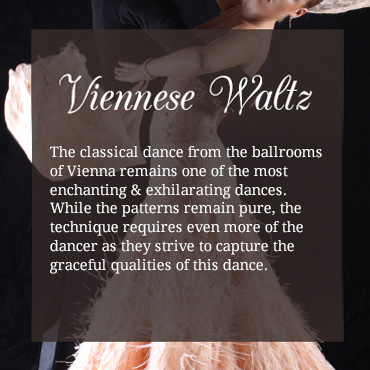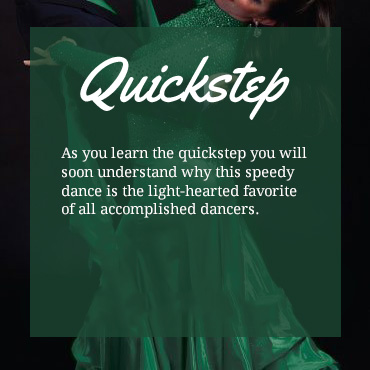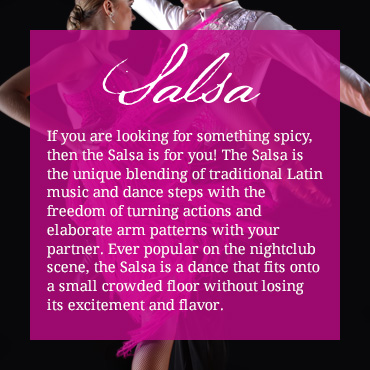DANCE STYLES
LEARN MANY POPULAR DANCE STYLES, HISTORY, BASIC MOVES, STEPS & SONGS!
They say that dance is a great way to express your emotions. While this may sound like such a cliché, the quote seems to have endured throughout the years mainly because there’s truth to it. It’s wise to choose an activity that encourages you to express your very own creativity. Now it all boils down to that one question: So you think you can dance? Definitely! And that’s because there’s a style available for anyone who wants to overcome the problem with their two left feet. As you glide across the expanse of the ballroom, you can now let your innermost emotions shine forth with a step that is truly representative of whom you are as a person. There are several styles to choose from and you need to know how each dance is unique from the other.


